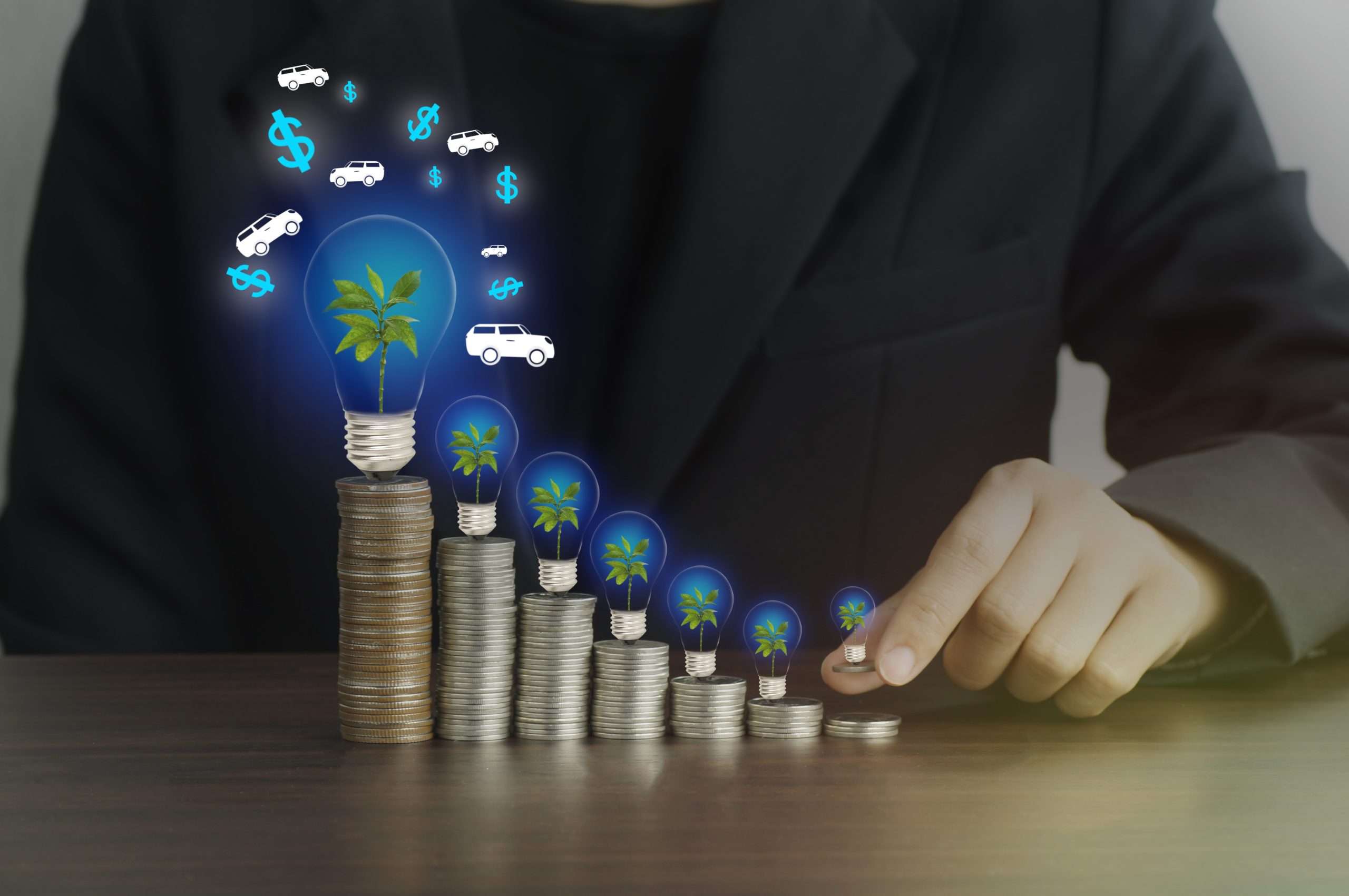The National Green Hydrogen Mission
- 5 MMT green H2 production capacity
- 125GW of RE capacity addition by 2030
Technical roadmap for Deployment of Zero- emission trucking In India
- March 2023: Office of the Principal Scientific Adviser to the Government of India Technical roadmap. for Deployment of Zero- emission trucking
Enforcement of Fuel Consumption Standards
- MoRTH, 1st July 2022: Make Fuel Consumption Standards (FCS) mandatory in India for
LDV, MDV, & HDV
e-FAST nation by NITI Ayog
- promoting freight electrification, supported by gro ground-based pilots
- Assist scalable trials & provide information for policymakers
Comprehensive package for electric vehicle FEME II
Incentives given to
- more than 0.6 million 2-wheelers
- 70,159 3-wheelers
- 5,375 4-wheelers
- 3,738 buses
National Mission on Transformative Mobility & Battery Storage
Create cleaner and efficient transportation systems powered by renewable energy and battery storage system
Ethanol blending and biodiesel
- Make biodiesel a moreviable option
- Petro fuel Companies: Developed binders for mixing ethanol-diesel.
- On-going HGV pilots
